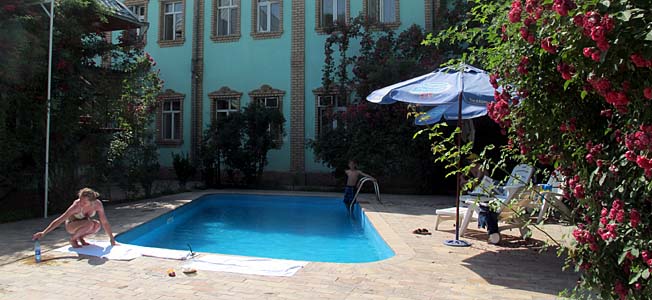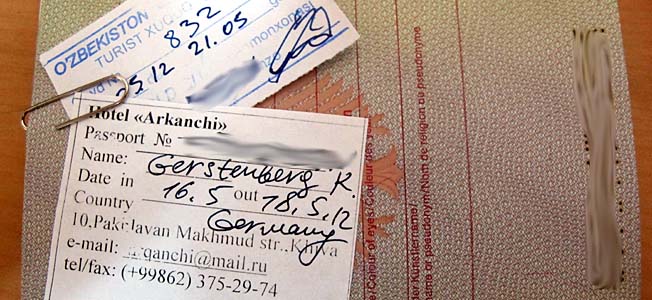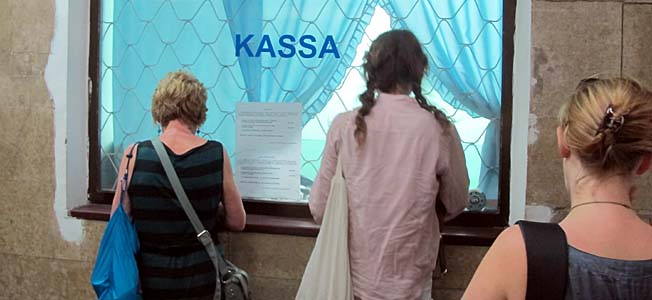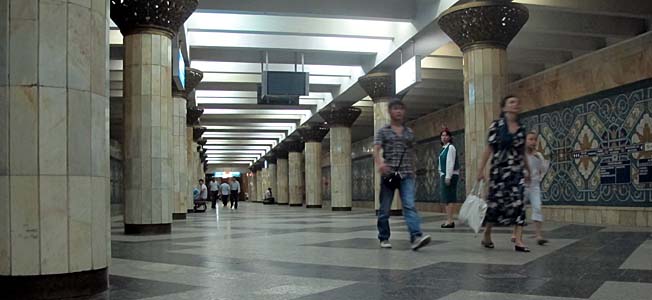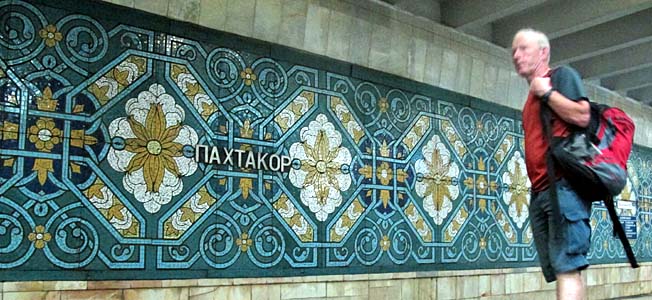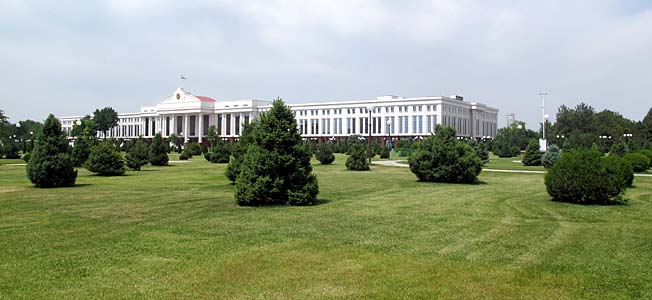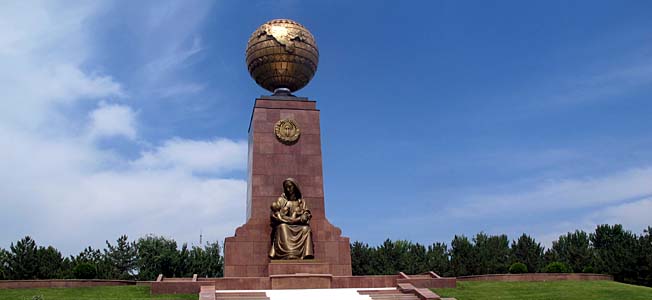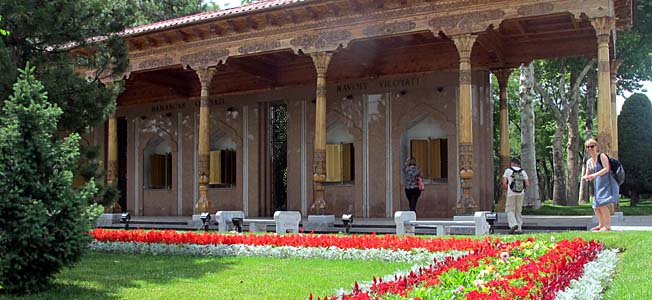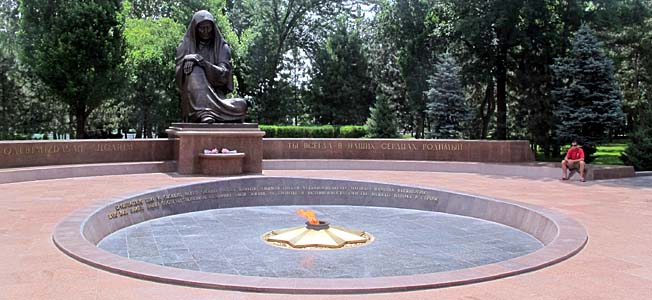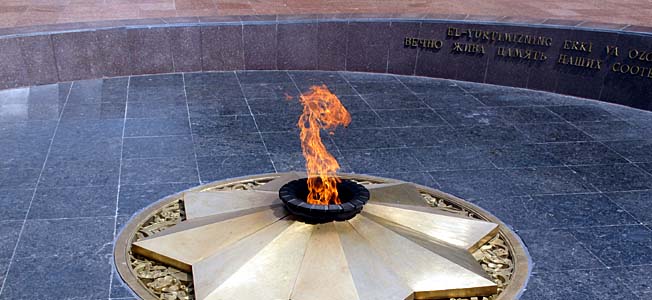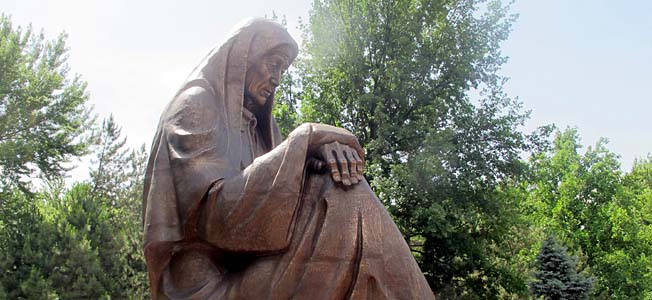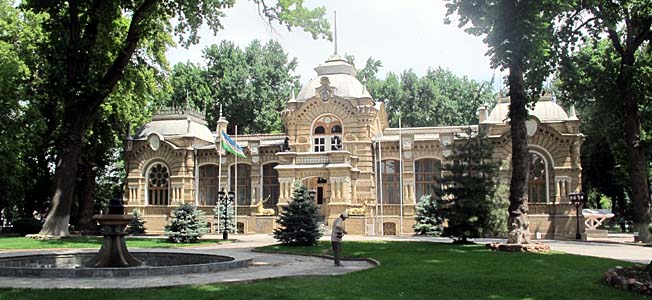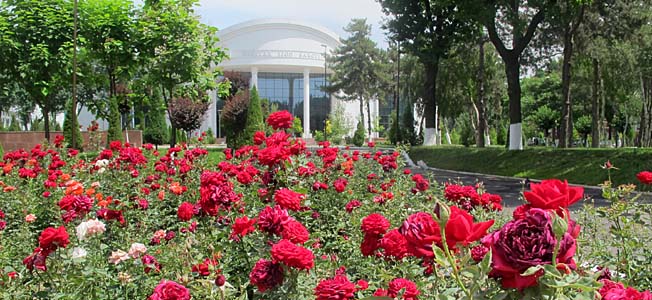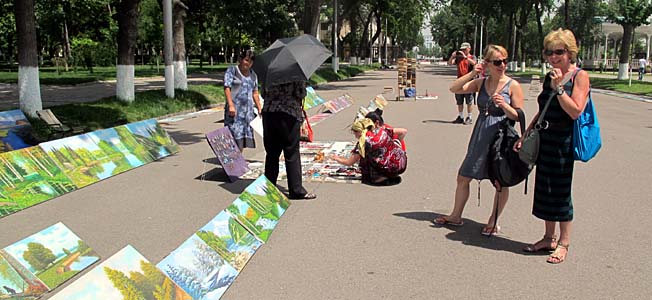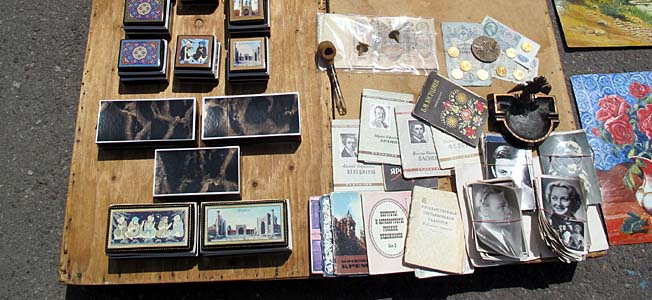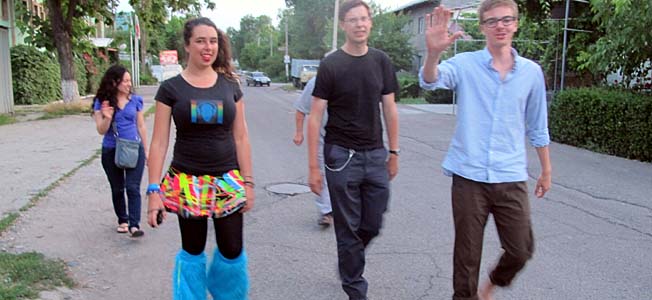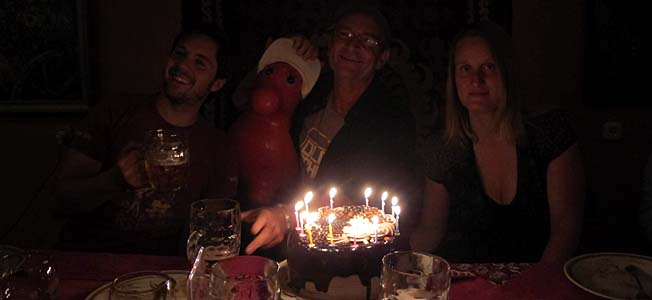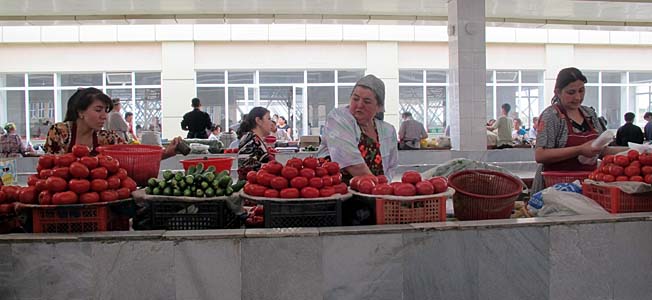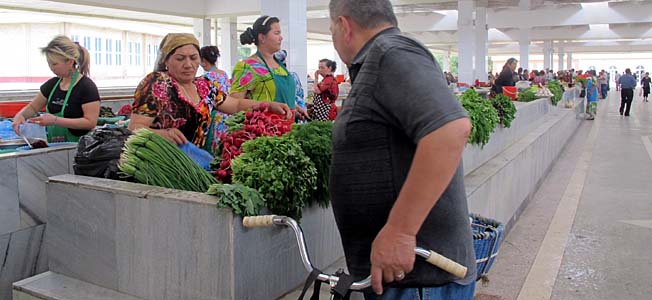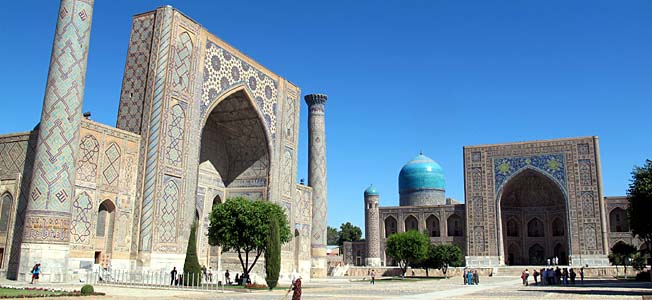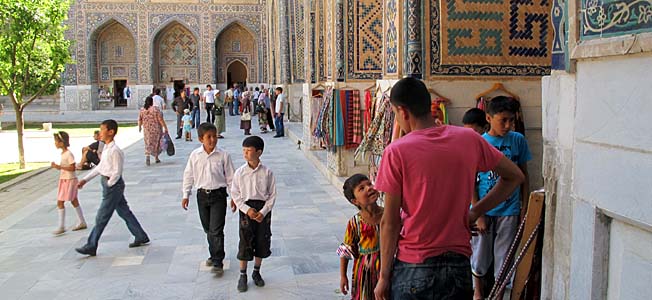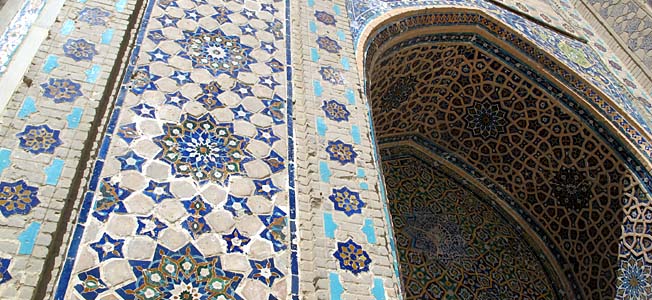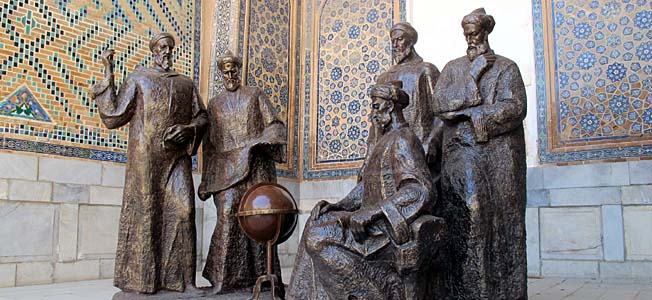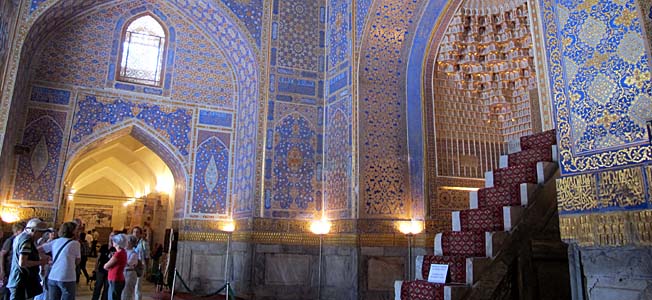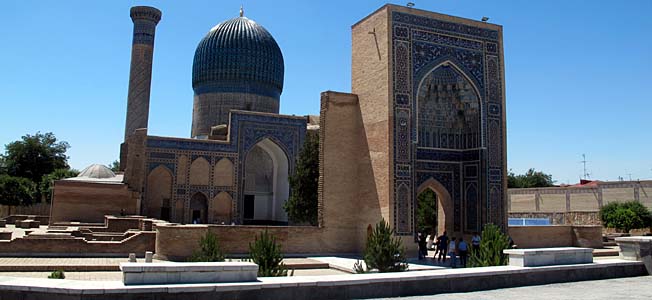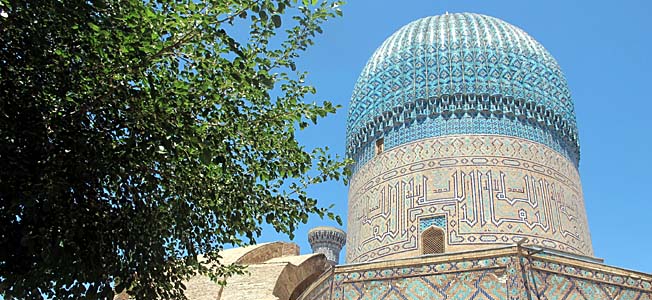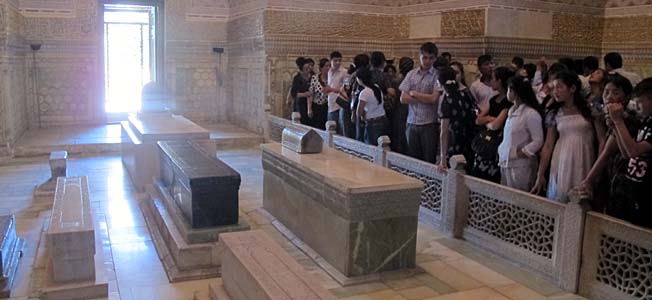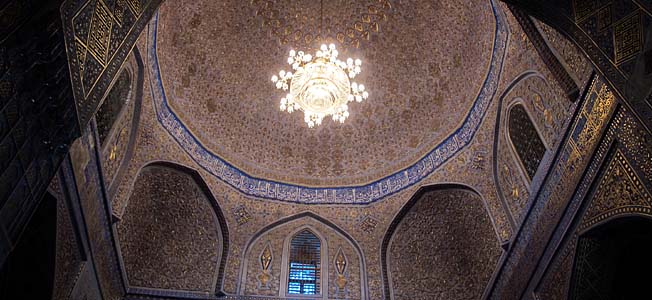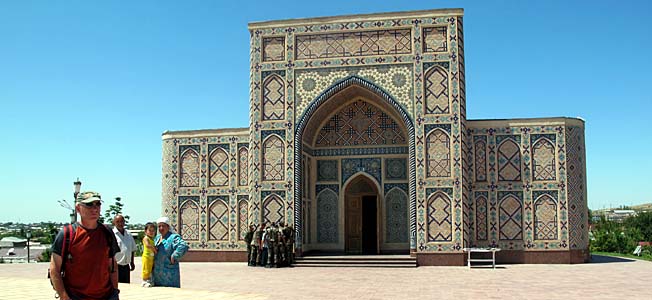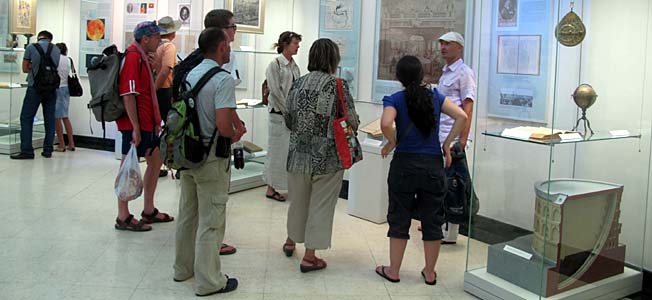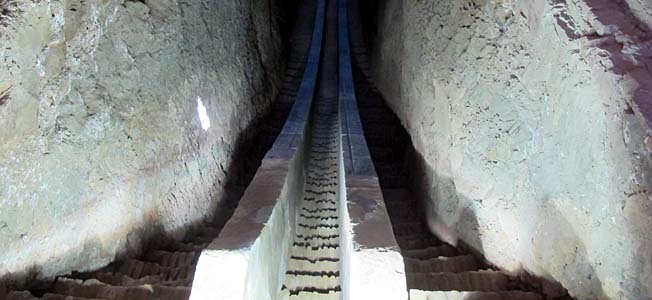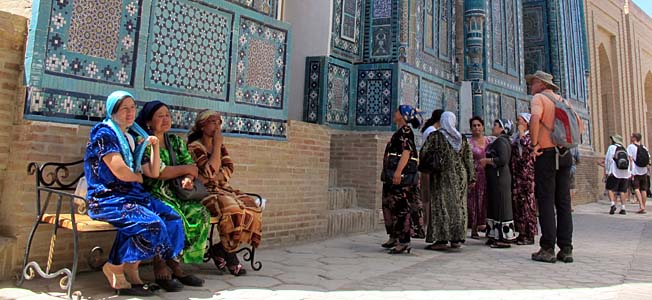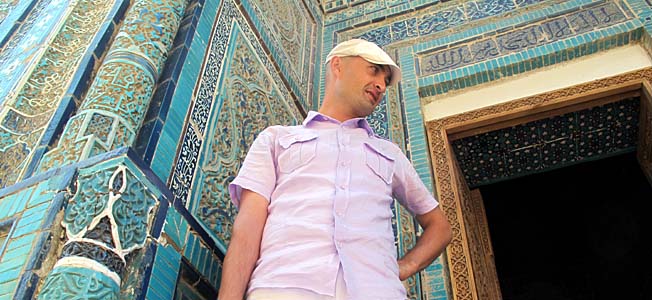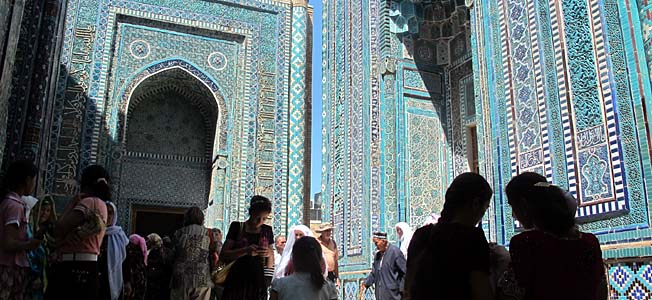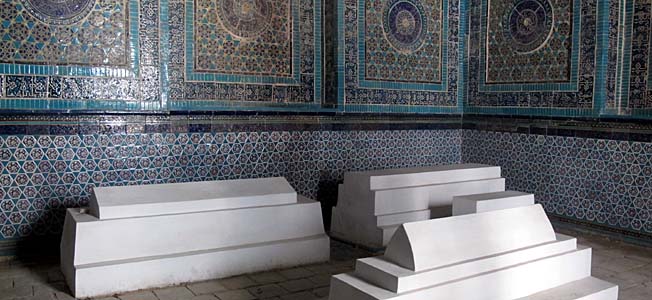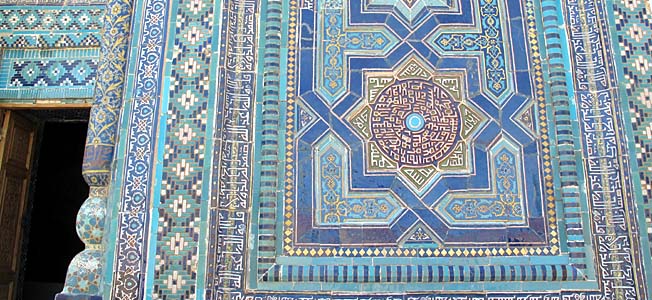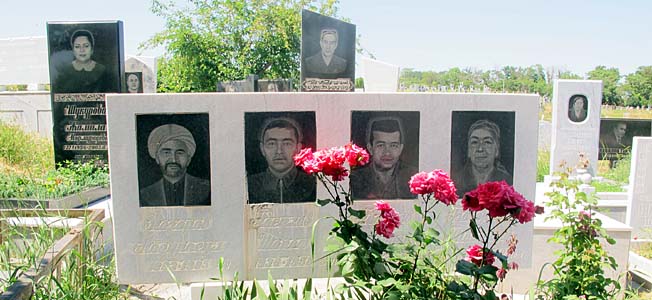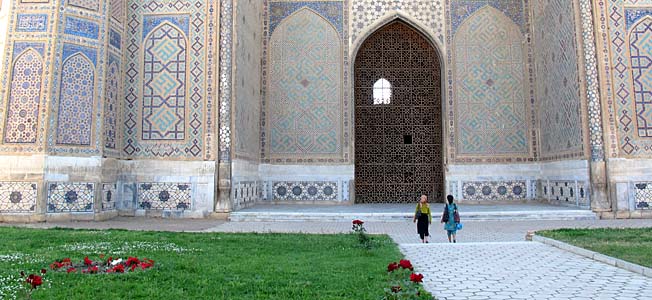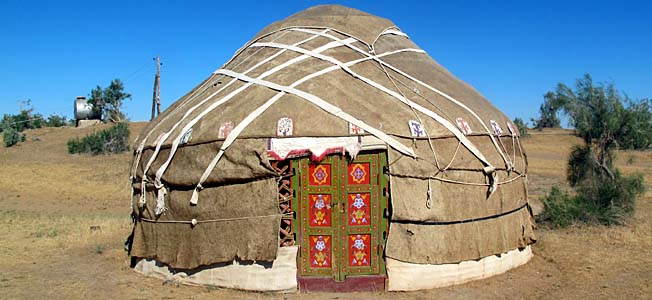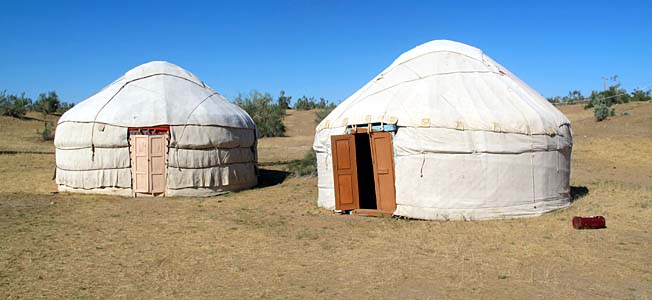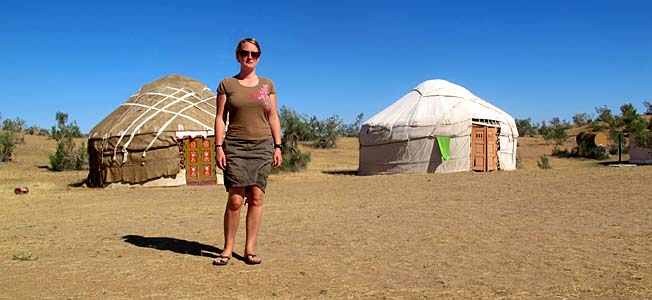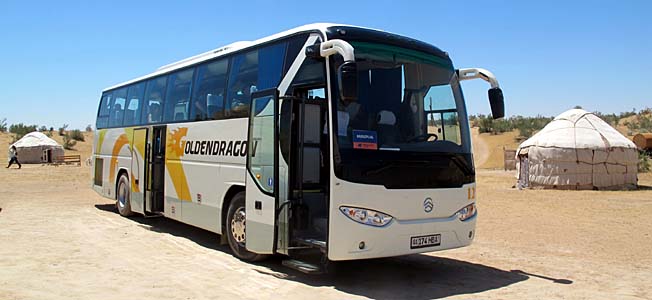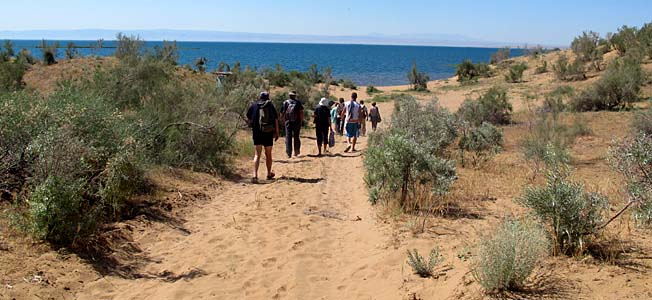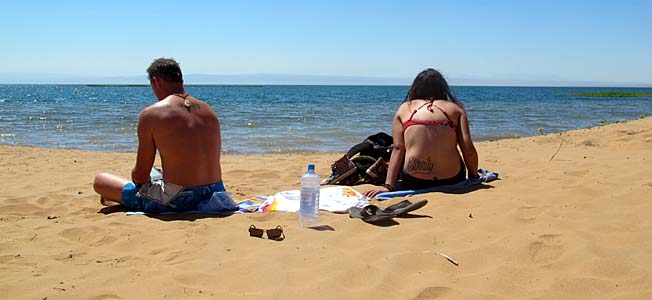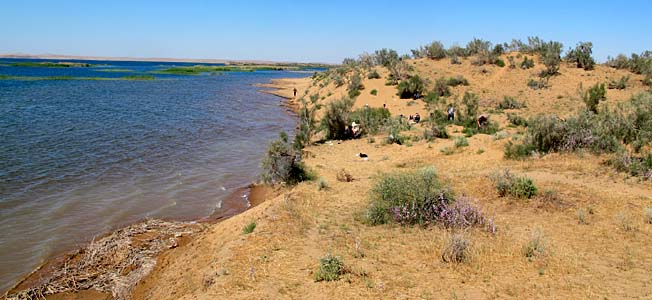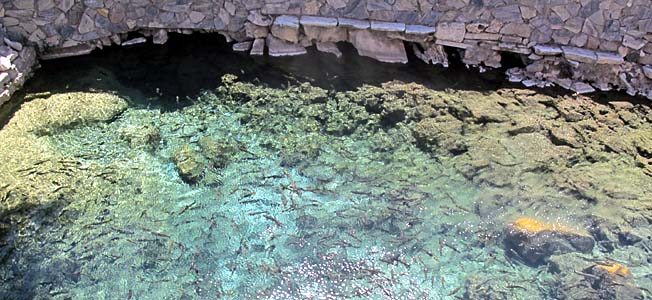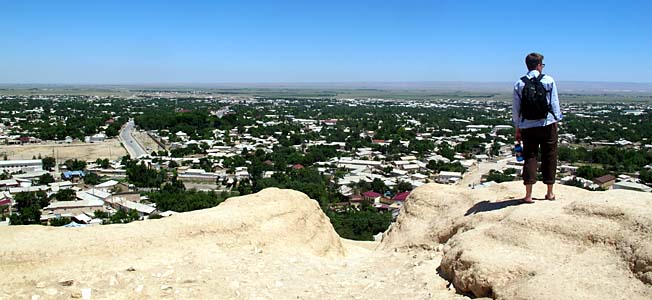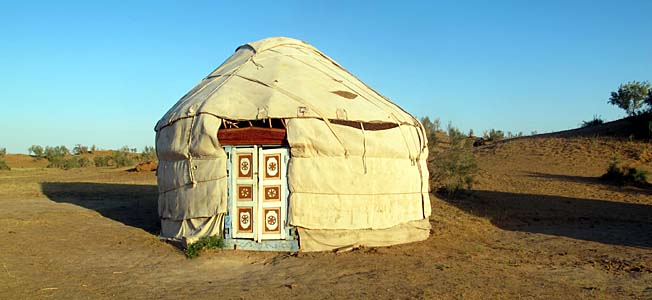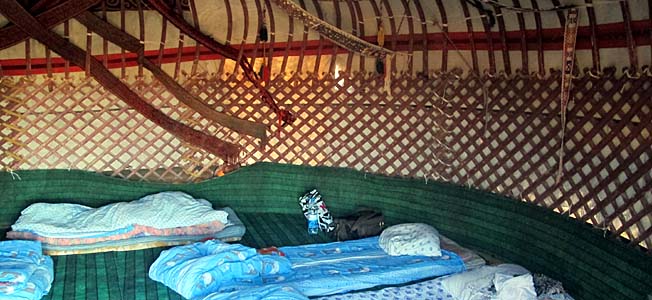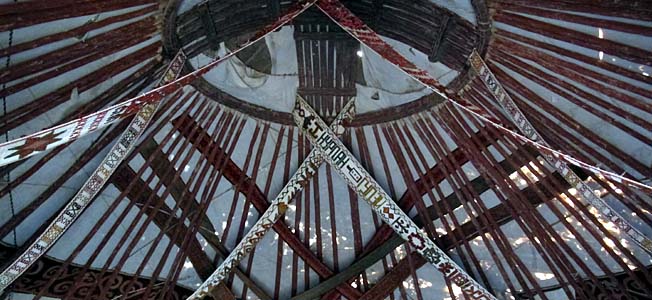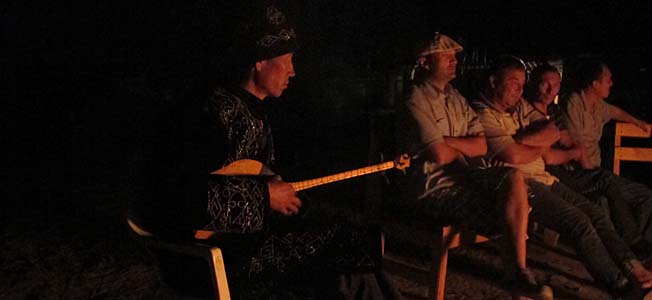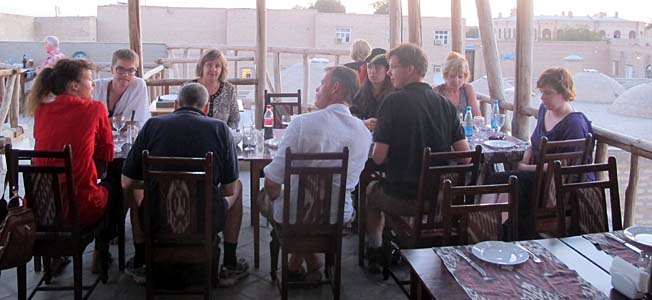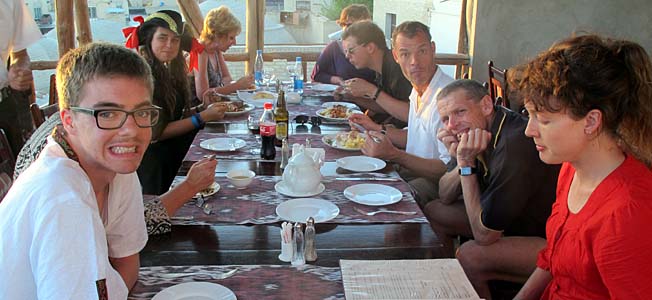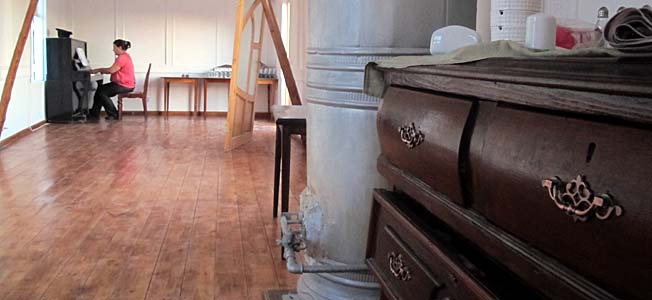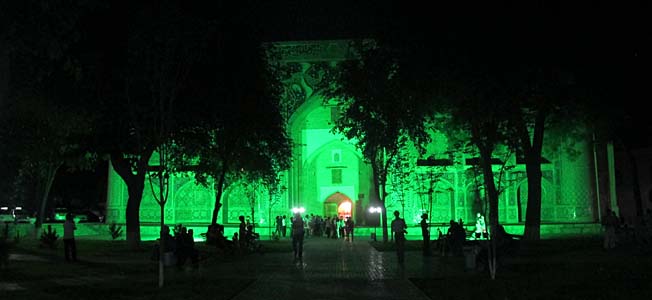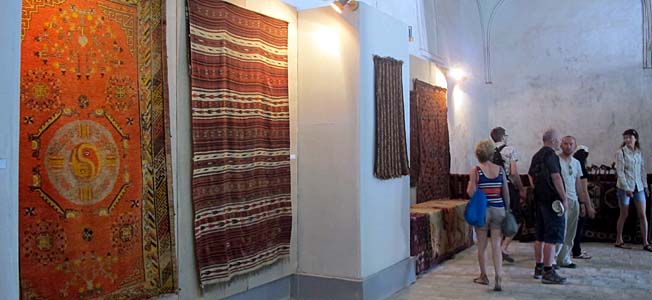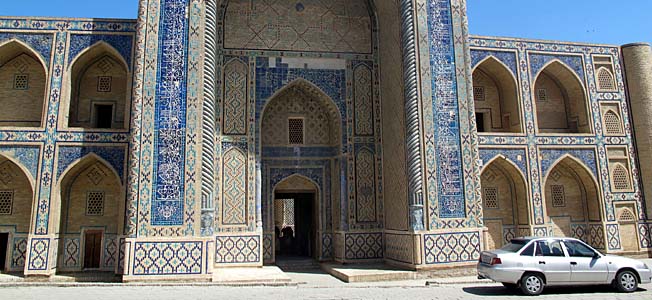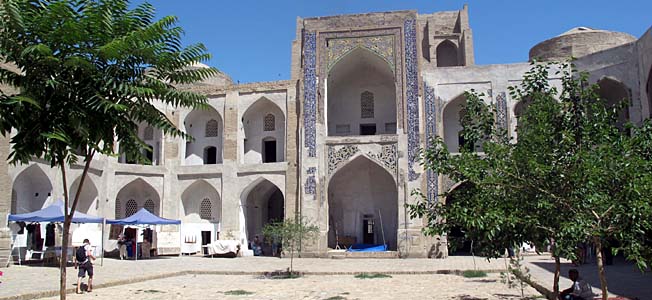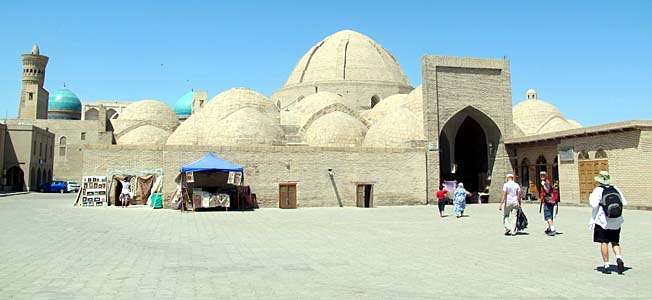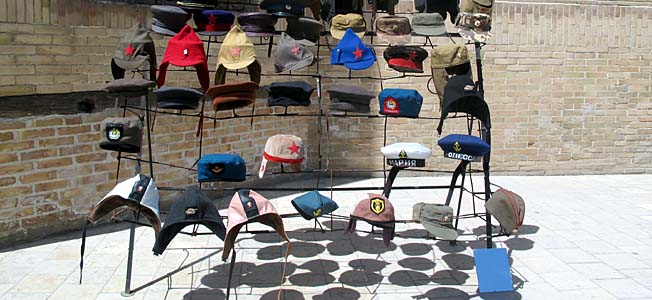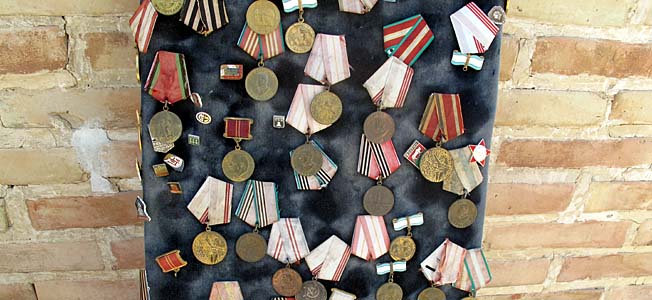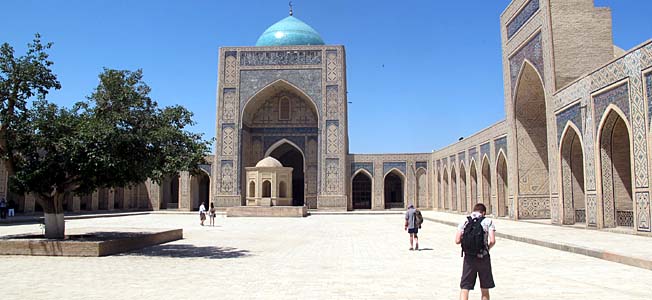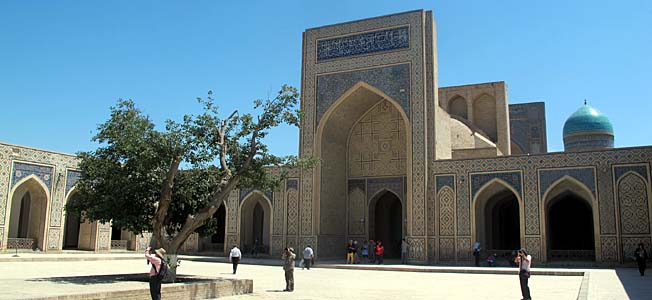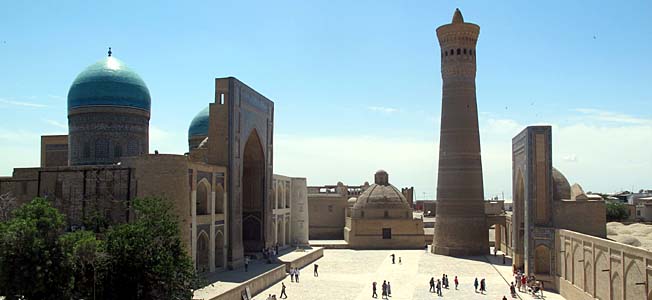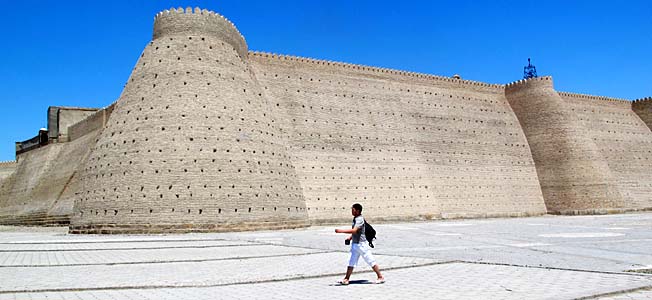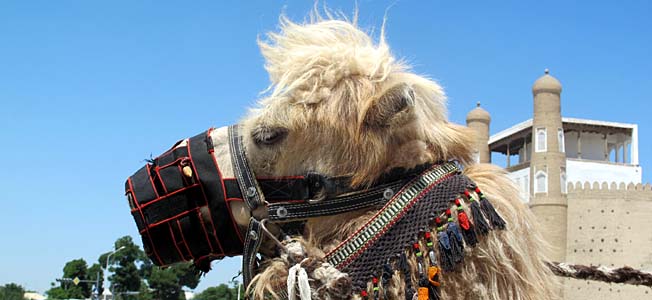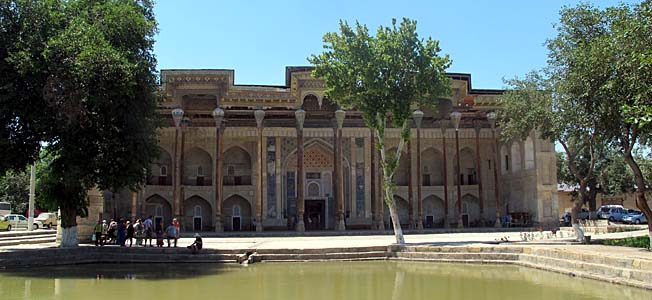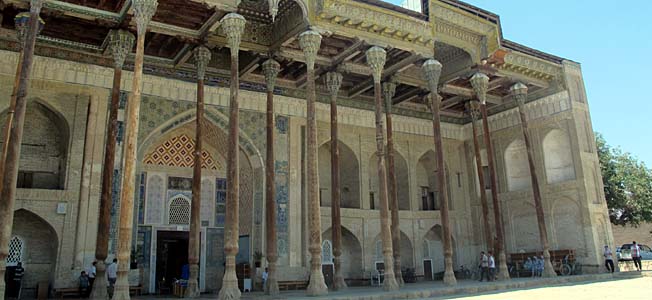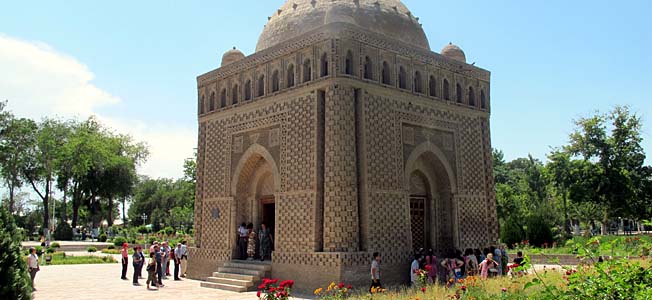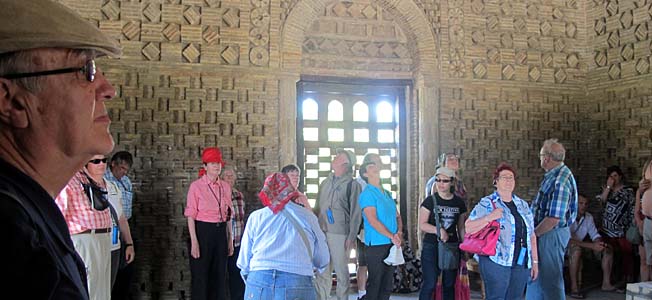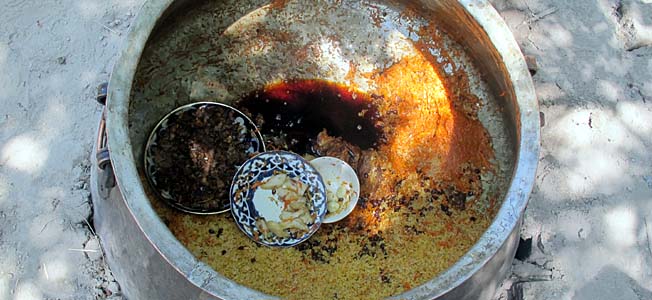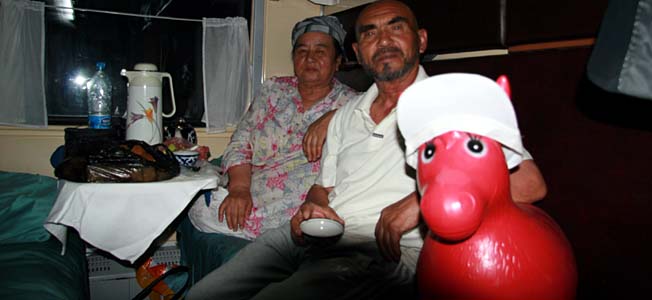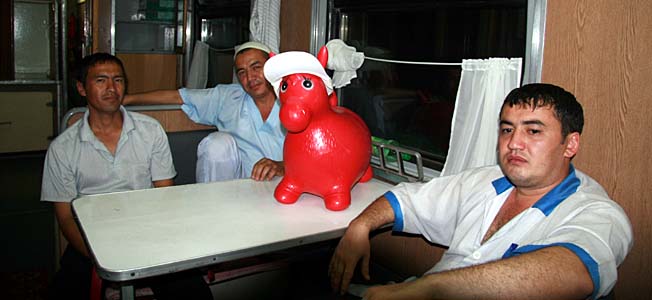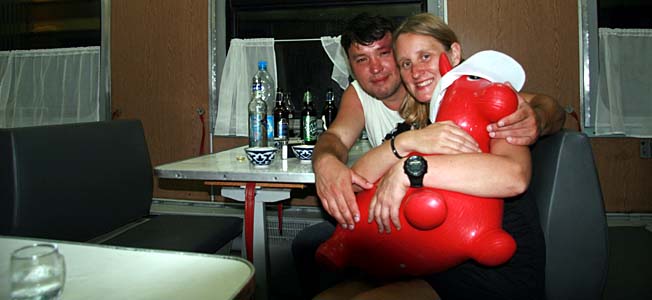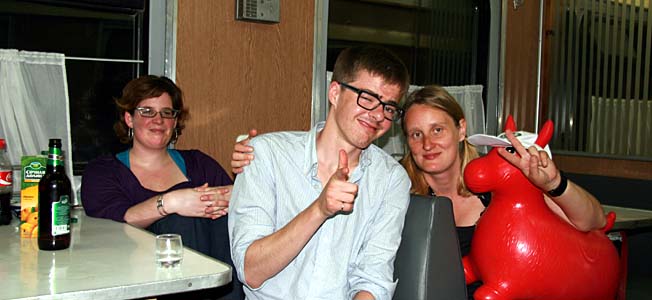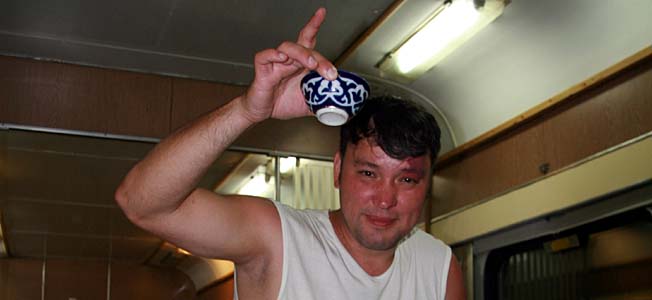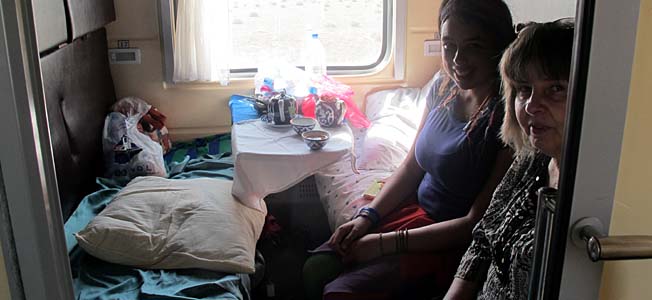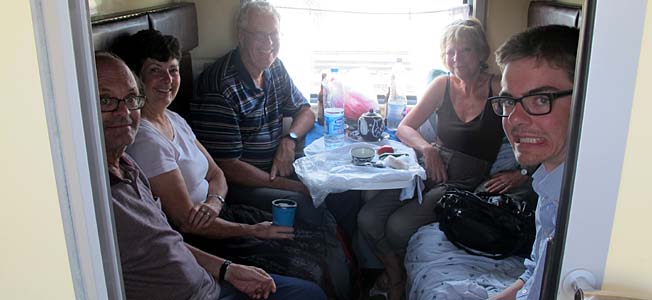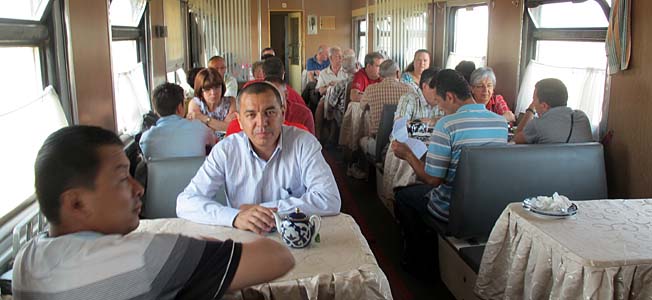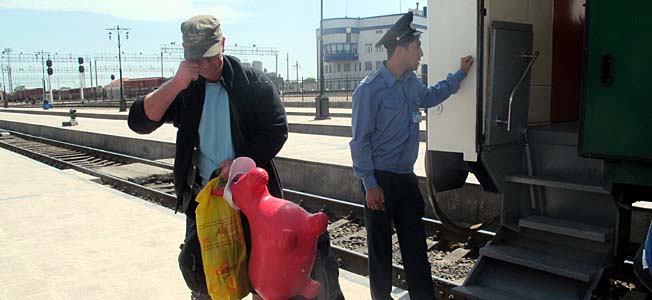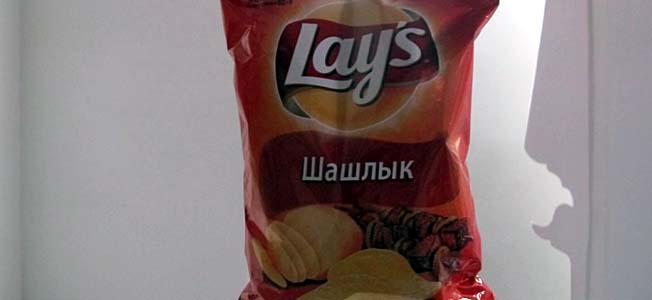Human Rights and Bribery in Uzbekistan
Today is our last day in Uzbekistan. I spent it at the hotel pool, so it was pretty eventless. I tried to join forces with my new fellow traveler Martina to push Chris into the water, but he turned it around and we ended-up being chased by him. This was pretty much the highlight of the day, especially if you imagine Martina and me running around in our bikinis. Furthermore, we had to say good-bye to the people leaving us in Tashkent and had a last lunch or dinner with them while Sam was playing the piano for us.
I would like to summarize my visit to Uzbekistan with a few facts about the politics and culture which you might find interesting.
First is the registration of tourists in hotels. In Uzbekistan you are required to present your passport upon the check-in to a hotel. They are not accepting a photocopy and really want to see the original passport, mostly also holding it overnight. The hotel will then register you with the police and provide you with a slip confirming your stay in the hotel. This will prove you have spent the night in a hotel and not at the house of local people to teach them human rights. Upon exit of the country those slips will be checked and failing to present slips covering your entire stay in the country may cause trouble.
The Uzbek government also doesn’t want their people to become smart because otherwise they would start to question the current politics. Therefore, the US Peace Corps and foreign NGOs were requested to leave the country to avoid they educate the local people. For the same reason not many foreign investors are allowed in the country since they also could educate people to an extent which is not desired by the Uzbek government. However, this also has a positive site: Uzbekistan isn’t much globalized and therefore wasn’t really affected by the 2007–2012 Global Financial Crisis.
Examples how human rights are violated in Uzbekistan are the government running a secret program to sterilize women without their knowledge or consent (read more on BBC News: Uzbekistan’s policy of secretly sterilising women) or school classes of children are forced to pick cotton rather than attending school (read more on BBC News: Pressure on Uzbekistan to end child cotton labour). Also the people who are getting paid by the government (nurses, doctors, teachers …) need to pick cotton or perform any other type of stupid work when they are requested to do so. When travelling through Uzbekistan we could observe a number of people in white doctor’s overalls cleaning the streets or cutting grass.
This situation in the country depresses many young people and makes them want to leave the country. Primarily they want to go to Canada or Australia because they heard it’s most easy to migrate to those countries. During our stay in Samarkand the owner of the hotel told us his son disappeared a few weeks ago and nobody knows if he tried to leave the country, was kidnapped or killed.
People don’t trust the government. Instead of putting money in their bank account they hide it in their house (preferable changed into US dollar) or invest it in physical items. Popular are investments in cattle or golden teeth. When people hold too much money in the bank, the government might arbitrarily tax them, e.g. request a monetary contribution to the construction of a new road or a public building.
The Uzbek government is also said to strictly control the country’s cotton production. If you want to produce cotton, the government leases you a piece of land. It will also provide you with a quota how much cotton you need to produce which gives you very limited opportunity to grow vegetables or corn for you own need. The government will also sell you fertilizer and define the price it is buying the cotton from you. After the sales it will deposit the money in your bank account (less the cost of the expensive fertilizer) but you can only withdraw a certain amount of it. The rest will remain frozen in your bank account.
Bribery and corruption are also very common in Uzbekistan. As a tourist you can bribe the police to get access to parts of sights which are closed (e.g. for restoration). We also didn’t change money at the official rate of 1,850 Sum per USD at the bank but always with a safe black market source (to avoid fake notes) at 2,500 while the standard black market rate was 2,800. The delivery time for a new car is two years but when paying a bribe of 10,000 USD or so you can get it in a couple of weeks. Bribes are also paid for entrance into university and to obtain better grades (e.g. ~10 USD for a better test score or ~50-100 USD if you really struggle with a class and want to avoid complete failure). It’s said the official salary of many people (especially those working for the government) is less then 50% of their annual income – the rest comes from bribes and other sources.
Lastly, many things still remind of the Soviet times, e.g. there are many very wide roads in Tashkent which were planned to serve as runways just in case the airport is bombed. I found it very fascinating (and also frightening) to learn all the facts described above and I’m sure there’s much more to discover…

